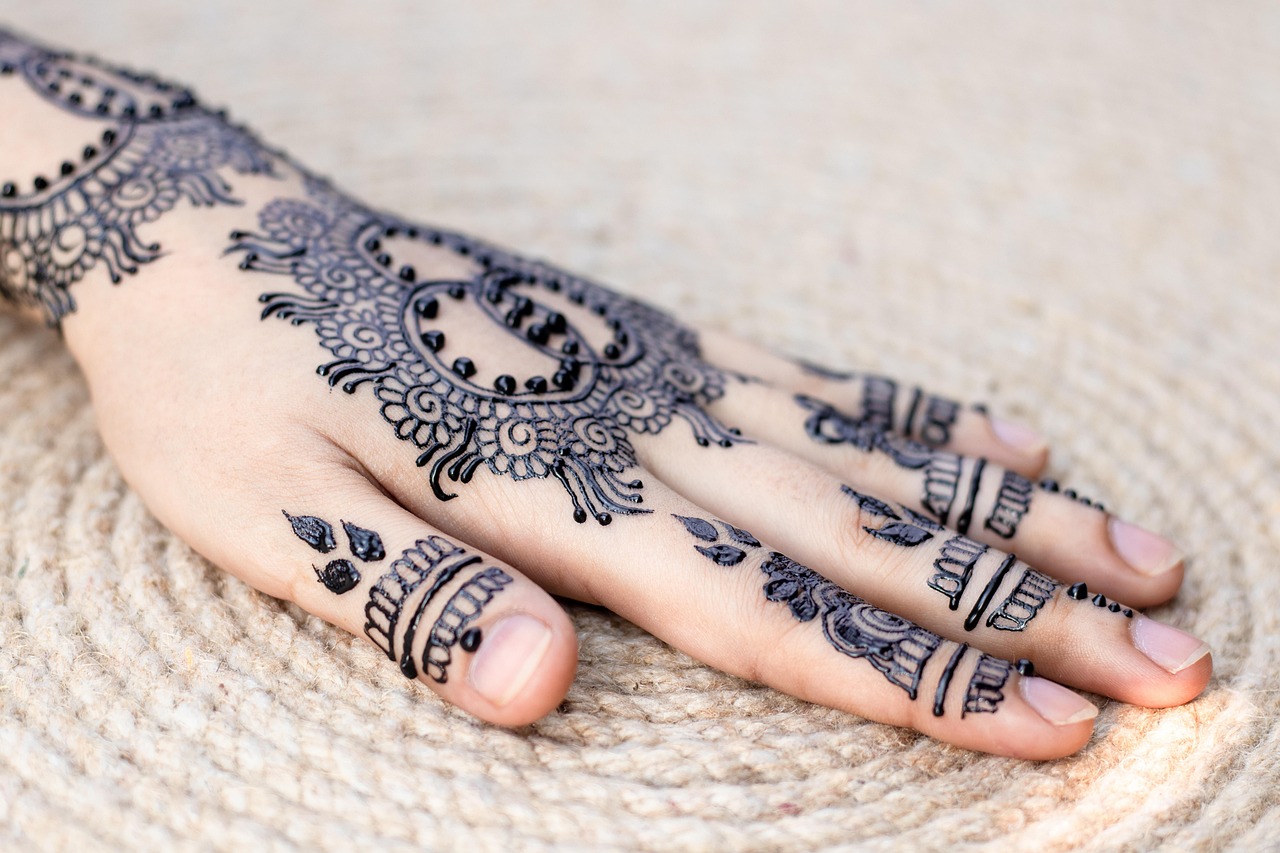Understanding Mehndi: A Beautiful Tradition
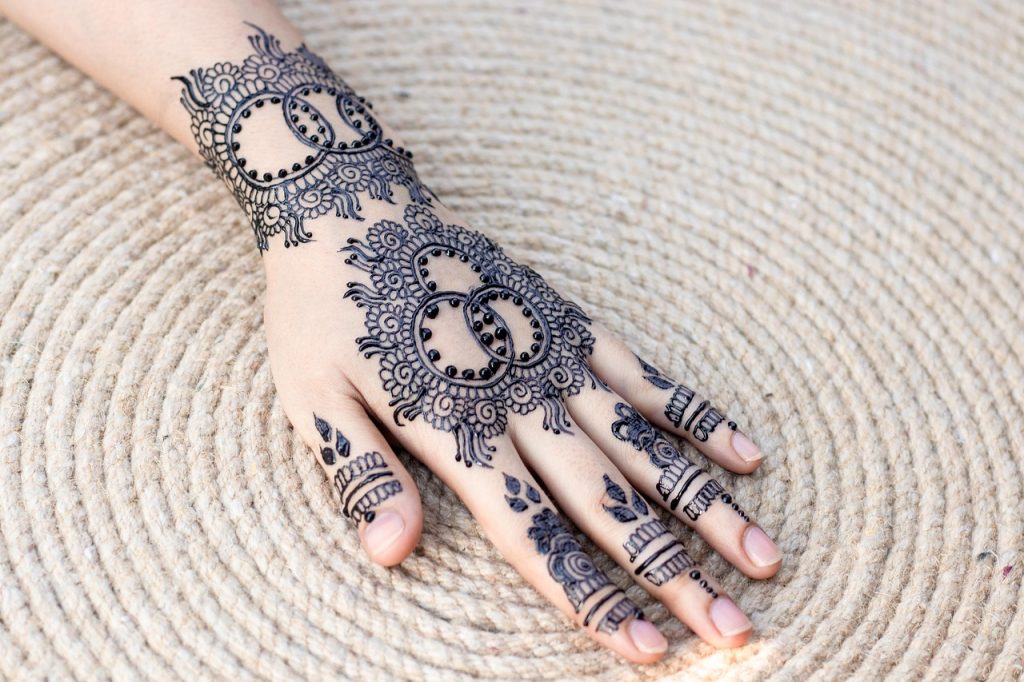
Mehndi, also known as henna, is not just a decorative art; it holds cultural significance in many communities around the world. Predominantly found in Indian, Pakistani, and Middle Eastern traditions, mehndi is applied to celebrate special occasions such as weddings and festivals. Simple and easy mehndi designs for the front hand allow everyone to appreciate this beautiful art form without the pressure of intricate patterns.
What Are Simple Mehndi Designs?
Simple mehndi designs usually consist of basic shapes, floral elements, and geometrical patterns. These designs are perfect for beginners, and they can be applied quickly, making them suitable for everyday wear or casual occasions. The goal is to beautify the hands while maintaining ease and comfort.
Did You Know?
According to a study conducted by the Journal of Ethnopharmacology, henna, the base of mehndi, has been used for over 5,000 years and has properties such as skin cooling effects. Read more here.
Essential Tools for Creating Mehndi Designs
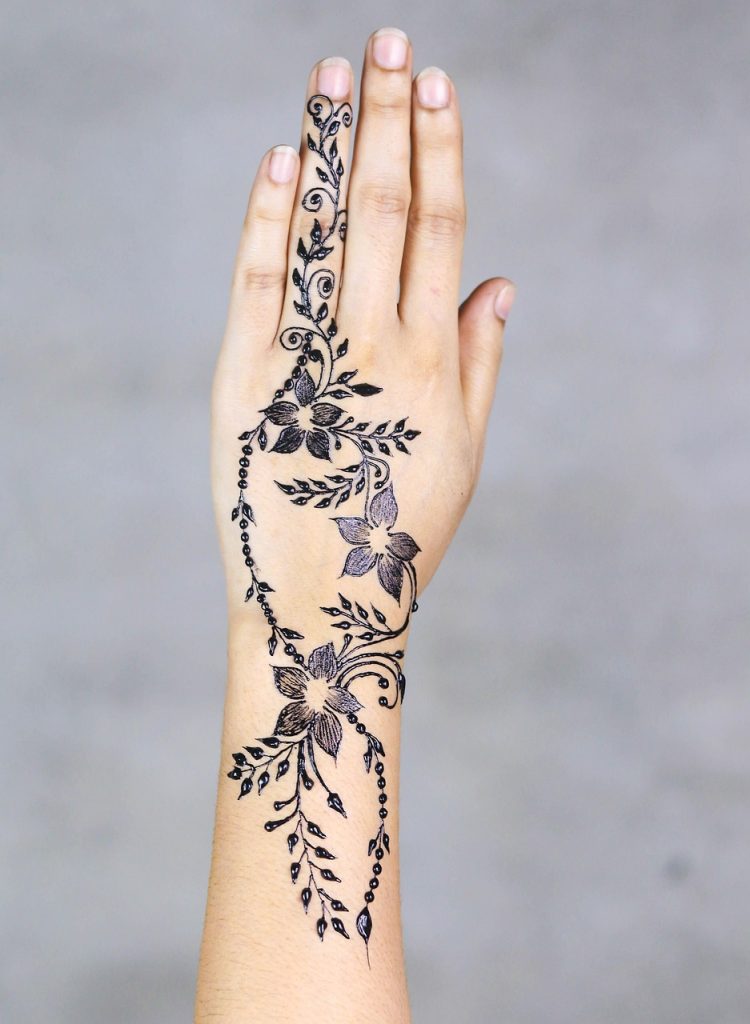
To get started with your simple mehndi design for the front hand, you’ll need just a few essential tools:
- Henna cone or tattoo bottle
- Paper towel for cleanup
- A fine paintbrush or toothpick for detailing
These tools will help you achieve clean lines and detailed patterns, even as a beginner.
How Long Does Mehndi Last?
Mehndi typically lasts from 1 to 3 weeks, depending on skin type and care. For longer-lasting designs, it’s essential to keep the mehndi on for as long as possible before washing it off and to avoid scrubbing the area.
A Practical Example
Many beauty experts recommend applying lemon and sugar solution after the mehndi has dried to enhance the stain’s richness. This simple hack can make your mehndi design more prominent and eye-catching.
Botanical Inspiration for Your Designs
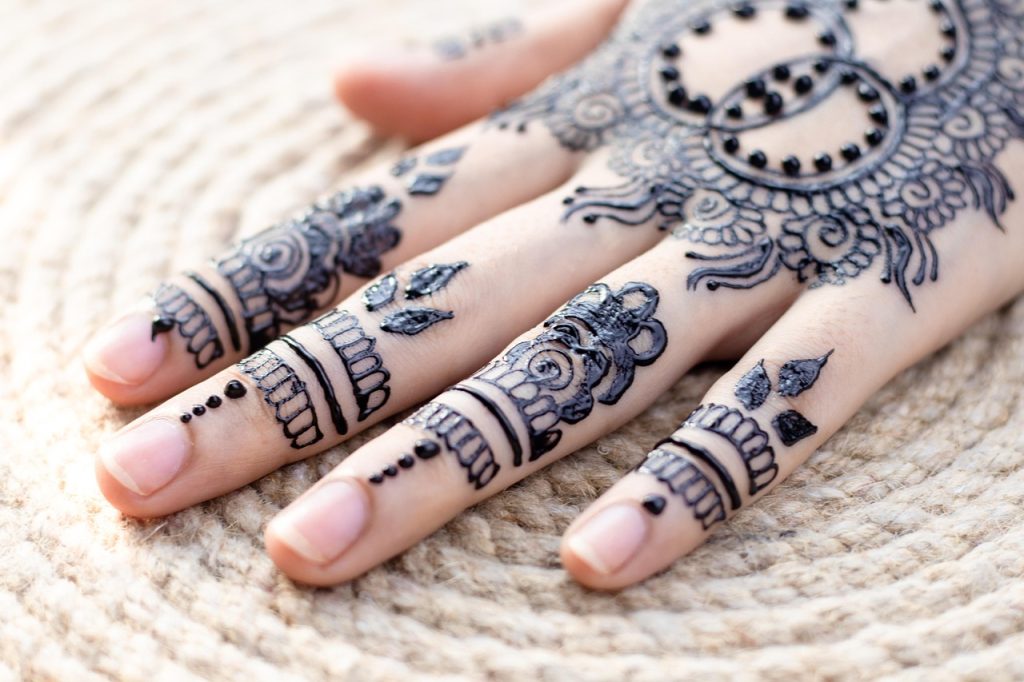
Incorporating floral motifs makes for stunning yet simple front hand mehndi designs. Beginners can start with basic flower outlines and gradually add leaves or vines. These natural elements not only look beautiful but also symbolize prosperity and growth.
What Are the Most Common Designs for Front Hand Mehndi?
Among the most popular designs are paisley shapes, flowers, and simple line patterns. All of these can be easily adapted for different skill levels, making them a favorite for both novice and experienced artists.
Expert Opinion
Celebrity mehndi artist, Neeta Lulla, emphasizes, “Simplicity speaks volumes. A beautiful, simple design can be more striking than a complex one.” You can check out more of her work and tips on her official website.
Tips for Beginners: Practice Makes Perfect
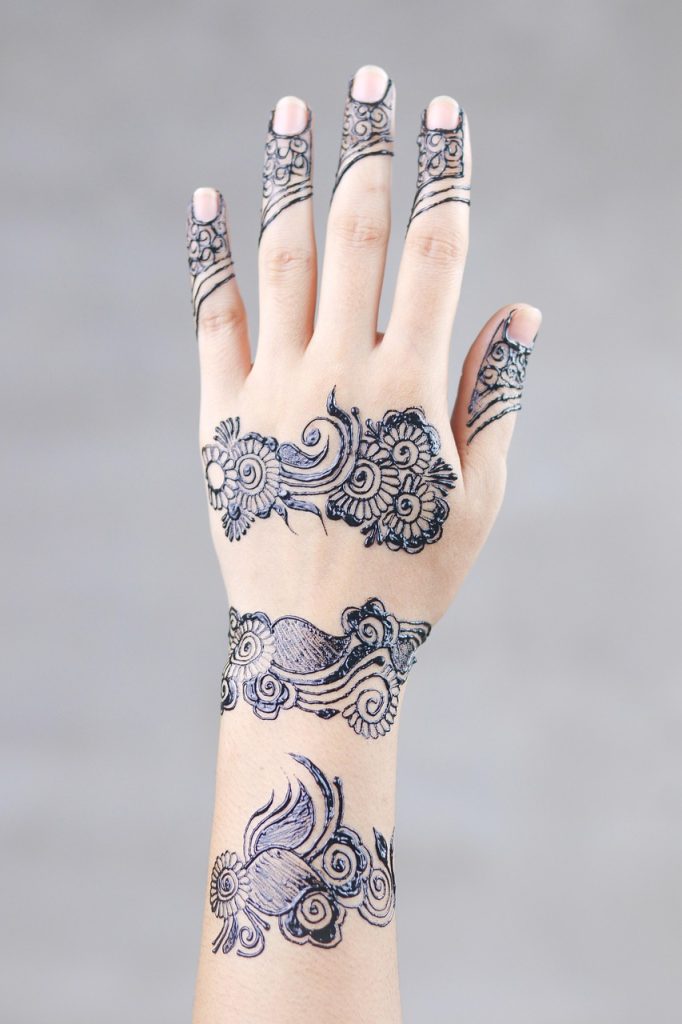
One of the best practices for achieving beautiful mehndi is to practice regularly. Start by sketching designs on paper, then gradually move to your hands. Use natural henna paste for the best results, as it tends to have a rich color without harmful additives.
How Can You Make Henna Paste at Home?
Making henna paste at home is easy! Mix henna powder, a bit of lemon juice, and sugar to create a smooth paste. Let it sit for a few hours before using it to allow the dye to release.
Tips From the Pros
“Let your henna sit for at least 8 hours to ensure a rich color. Patience yields beauty!” states renowned henna artist, Sarah Batool.
Conclusion

Mehndi designs can be simple and easy, offering a beautiful way to express yourself and celebrate culture. Start with foundational designs, use the right tools, and practice regularly for the best results. If you enjoyed learning about simple mehndi designs for the front hand, please share this article with your friends and download our free guide for more tips and tricks!
